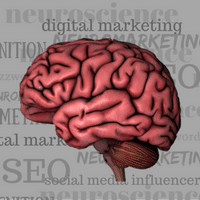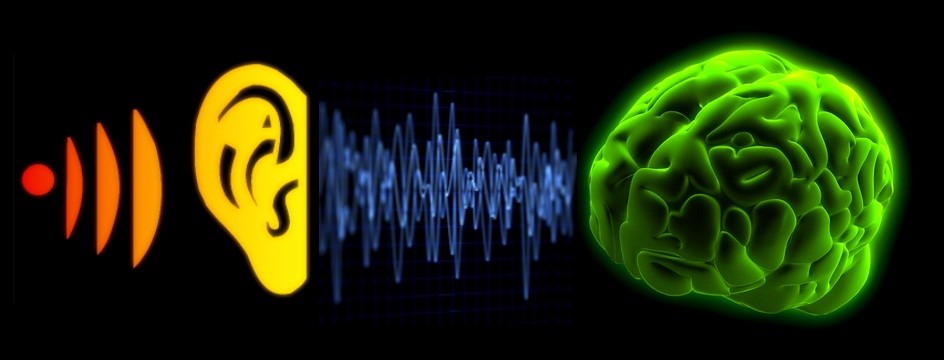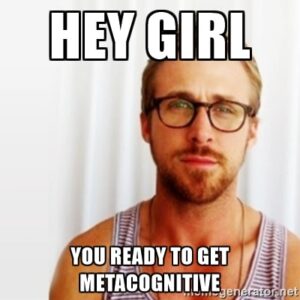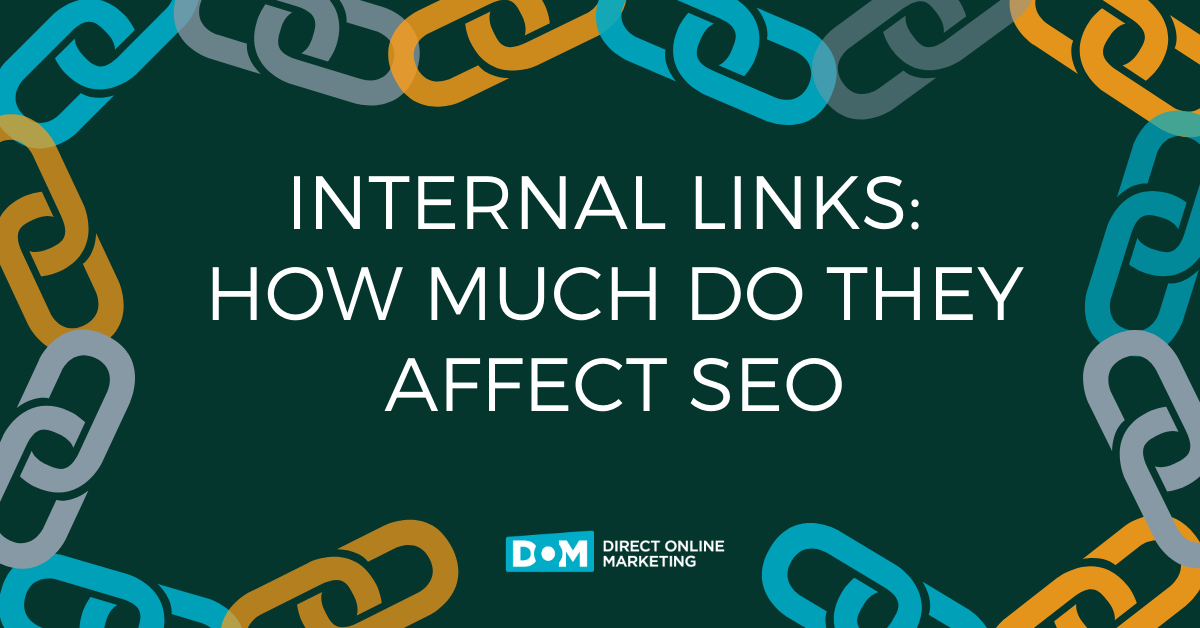
Digital marketing is the industry of buzzwords. A new one making its way onto the scene is ‘neuromarketing,’ an oddly intimidating phrase that combines the complexity of neuroscience with capitalism’s favorite art form: marketing. New media has given consumers the control to view content, brands, and advertising at their discretion, rather than being subjected to generalized, traditional marketing efforts (yeah, I’m talking about commercials—remember those?).
Revolutionary thinker, author, and media analyst Marshall McLuhan stated that “print technology created the public, electric technology created the mass.” If this is true, then it follows that the Internet has created influencers for each market segment that the masses can turn to as a guiding force towards discovering the next big thing- be it music, material goods, art, or whatever it is the kids are obsessed with these days.
image courtesy of kjic.org
Influencers are a special kind of ambassador between brands and consumers, acting as a guide to let consumers know what to be obsessed with. Raging Creations said it best with this definition: “[people are considered] influencers in their respective communities and networks because of their ability to affect the actions and behavior of people. This influence comes from the trust and goodwill that they have generated among the members of their community or network.”
Where consumers once relied on brands alone for information and purchasing guidance, they now have actual, unbiased perspective from a knowledgeable and trustworthy source.
So, what do influencers, marketing messages, and neuroscience have in common? You’re about to find out.
McLuhan, Messaging, and Marketing
Before we dive headfirst into the neurological implications of this post, let’s travel back to a time where digital marketing was just a twinkle in the eye of techie capitalists. McLuhan surmised that it’s not what you say, but how you say it through different forms of communication; ultimately, how one human transmits a message to another will affect how the receiver of the message interprets it, and ultimately the world around them.
image courtesy of falasol.net
The pervasiveness of messaging has grown exponentially since McLuhan’s “The Medium is the Massage” (yes, that is the title—if you’re curious why it’s “massage,” you can check it out here) was published in 1967, but the core principles of his theories remain intact. Technological mediums have altered how we perceive the world around us; thanks to the Internet, we have more control over what messages we receive, and who we receive them from.
The control consumers have over their messaging has resulted in marketing becoming an increasingly specialized field. Gone are the Mad Men days of generalized, stereotypical marketing. Now marketing requires finding your niche, engaging your audience, doing exhaustive behavioral and market research in order to ensure that your message is perceived at the right time, in the right way, by the right people.
According to Medium Theory, it is the method that affects how a consumer reacts to a message, not the actual message content itself. That’s where influencers come in: the message is coming from a person, not a company. However, by utilizing influencers, are marketers in fact hindering the neuromarketing process?
This is Your Brain on Marketing
image courtesy of brandingstrategyinsider.com
The advent of the Internet created a global village (“The Long History of New Media”) where a person does not have to be physically present in order to communicate instantaneously with another; groups of people can congregate online, to talk, learn, and explore.
This new way of delivering, accessing, and interacting with information utilizes both hemispheres of the brain and creates a higher form of involvement both mentally and emotionally. Specifically, interactivity sparks the neurological centers of the brain, creating a more sensory experience.
How Does it Work?
I’m glad you asked. The big shots are using eye-tracking technology to see how attention-grabbing their ads are, and to gauge interest and effectiveness, EEG testing to see how the brain reacts to subtly different ads, neuroimaging, and even tracking the methodology behind the brains reward system. The goal? To connect the dots between brain activity and purchase patterns.
image courtesy of tkgenius.com
There has been an increase in research on the orbitofrontal cortex and ventral striatum (the primary ‘reward’ segments of the brain) as a way to determine the factors that will lead to a purchasing decision. In this completely badass case study, Berns and Moore used neuroimaging as a “neural predictor of cultural popularity” (in regular human terms, they wanted to figure out if brain reactions to stimuli could unlock the secrets behind purchasing decisions).
In this particular study, they grabbed up 27 teenagers, asked them what their music preferences were out of 6 genres, and played them 15-second clips of music from their top 3 genres. The 15-second clips were from little-known bands/singers.
I’m not going to go into all the amazingly scientific details that their study went through in order to come to this conclusion (you have eyes and the Internet, heck even a link to the study, I believe that you will find your way to this knowledge should you choose to do so). What I am going to do is let you know what their study found—mainly because if I don’t, the rest of this post isn’t going to make much sense or have any credibility. So here goes, the big reveal:
“Brain responses in reward-related regions are likely to reflect sub-conscious processes and may yield measurements that are less subject to cognitive strategies. Thus, while the act of rating something requires metacognition, the brain response during the consumption of the good does not, and the latter may prove superior to rating approaches.”
Ok, quick summary: When presented with options, like our friends in this case study, your brain goes through a laundry list of things you like, don’t like, prior experiences with each option, preconceived notions, etc., and then an opinion is formed based off of past experiences. When you are presented with one specific option, and not given prior direction to rate it, that pesky metacognition does not come into play and your brain is free to rate a subject unfettered by perception, memory or emotion.
WHAT DOES IT ALL MEAN?!
From this we know that social media influencers are indeed the brand ambassadors of this generation; they are more trustworthy, since they do not work directly for the brand, and their influence on consumers is greater due to their online engagement with them.
What neuromarketing aims to do is give purchasing decision-making back to the individual consumer: to appeal to their primitive, unclouded judgment and persuade them to buy products and services without the societal influence of key social media figures.
There is evidence that, when removed from cultural and societal influences, consumers have a completely different reaction to a product than they do when the metacognitive portions of their brains are kicked into high gear.
Identity:
Brand
vs.
Cultural
vs.
Individual
For example, in the Coke-Pepsi case study, researchers found that “in the absence of brand information, there was no significant difference in preference during a taste-test.” This led the conductors of the study to believe that neural and behavioral responses to the brands must be culturally derived. Dan Ariely and Gregory Berns, in their article Neuromarketing: The Hope and Hype of Neuroimaging in Business concluded that “it is clear that people base many decisions on sociocultural rules and identities.”
What are the implications for digital marketing efforts, based on this information and the possibilities of successfully implementing neuromarketing? The application is a daunting one: to get a message across to a consumer without metacognition triggers coming into play would be nearly impossible. To attempt to market a product to even a niche market based on the brain patterns of a clinical trial may not yield the desired results, because the variants involved in individual brain patterns are vast.
In Summation . . .
Neuromarketing is a fantasy. I mean sure, it sounds like it could be real . . . there are certainly imitations of it available (see what I did there? I brought together the metaphor from the title. I bet you were wondering when that was gonna happen), but neuromarketing in its pure form does not exist.
While neuromarketing may not be feasible, that does not mean it can’t serve as the muse for future technological advances in marketing. Many companies are looking for alternative solutions to this obstacle, and have come up with some creative tools. Beacons are a form of technology that are attempting to work with metacognition and persuade customers to buy. Behavioral targeting is another tactic that aims to get in front of influencers and potential consumers through paid search ads.
Messaging, influencers, and engagement are three things that are not only very real, but very critical in the success of marketing endeavors. There are many nay-sayers when it comes to the execution of neuromarketing, and while they may be correct, I wouldn’t count out the implications of research and case studies quite yet. Finding a way to implement neuromarketing findings into actual marketing tactics, while taking into consideration the role that metacognition plays in purchasing decisions, is the strategy of the future.








